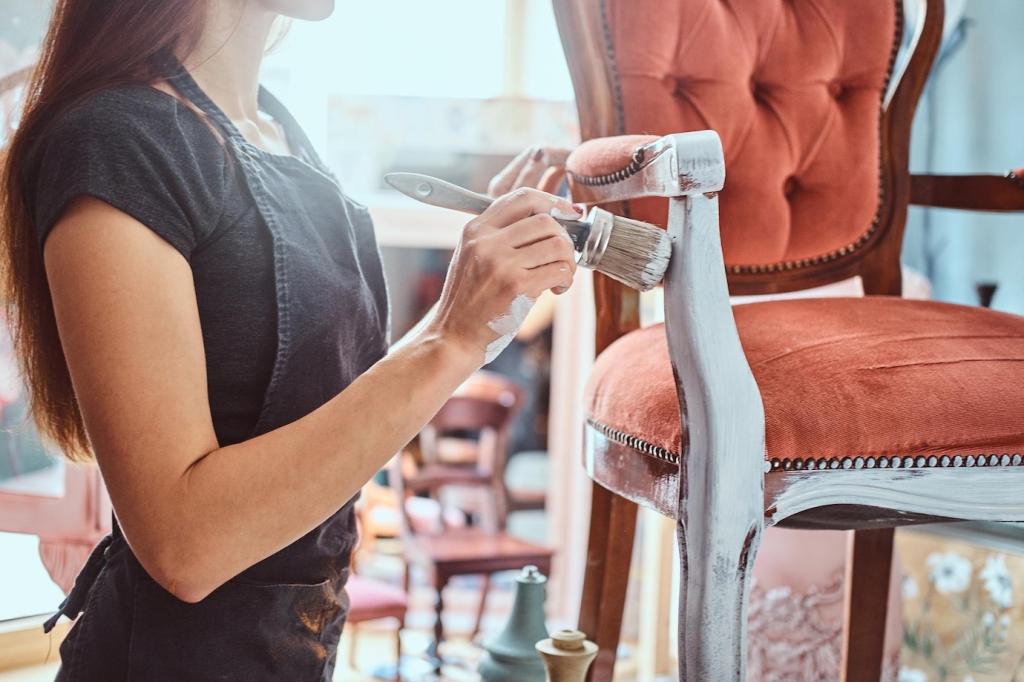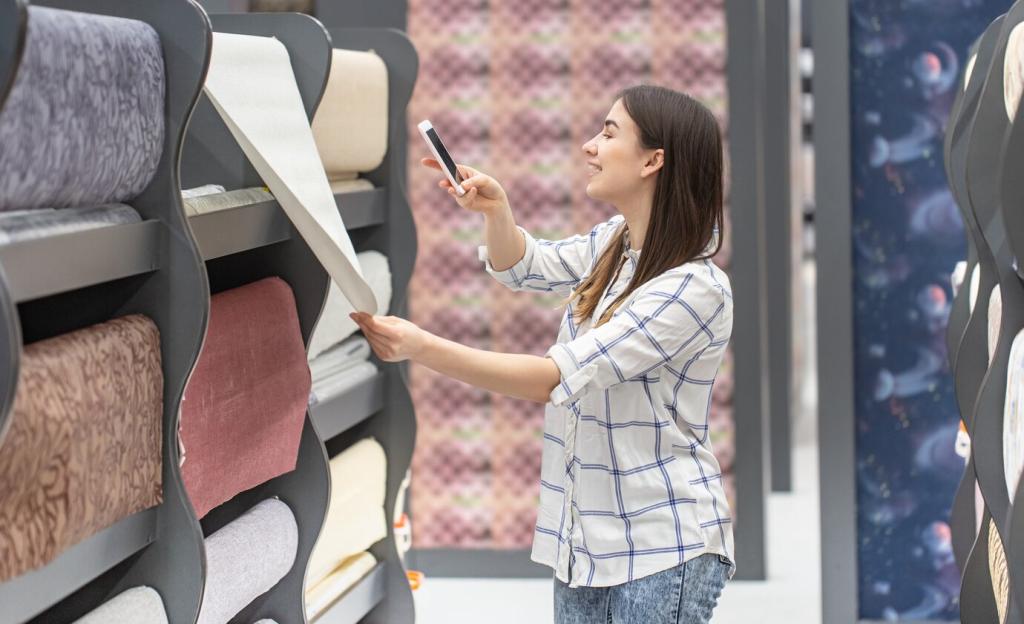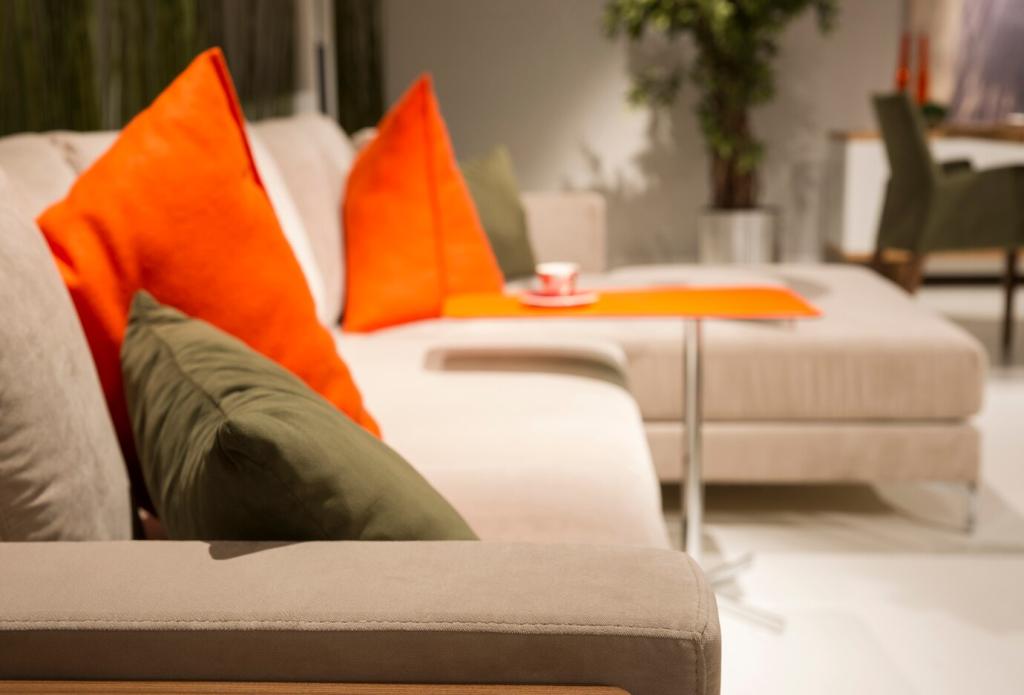
Ergonomic Furniture Suggestions for Studio Apartments
Selected theme: Ergonomic Furniture Suggestions for Studio Apartments. Discover smart, comfortable, space-savvy ideas that respect your body, your routines, and your square footage—so your studio feels bigger, calmer, and kinder.
Ergonomics 101 for Small Spaces
Neutral posture in tight quarters
Neutral posture means your spine keeps its natural curves, your shoulders relax, and your wrists stay straight. In a studio, choose furniture that supports this without forcing you to hunch over laptops or perch on beds. Prioritize seat height, lumbar support, and correct screen elevation.
Reach zones and multi-height surfaces
Design around primary, secondary, and tertiary reach zones. Keep daily items within an easy arm’s reach, and use multi-height surfaces for changing tasks. A compact lifting desk beside a low coffee table can shift from writing to dining to lounging without straining shoulders or wrists.
Traffic flow and micro-layouts
Clear circulation matters more than you think. Leave a reliable walking lane from door to bed to kitchen, avoiding knee-bumping corners. Rounded edges help, as do nesting tables that tuck in. Sketch your path and eliminate obstacles; your body and daily rhythm will instantly feel calmer.

Sofa Beds With Real Back Support
Seat depth, lumbar geometry, and cushions
Aim for a seat depth that lets your back meet the backrest with feet flat on the floor. Look for built-in lumbar shaping or use a slim lumbar pillow. Medium-firm cushions keep hips and shoulders aligned, preventing sink that forces a slouch and neck strain over time.
Conversion without strain
Choose a mechanism that opens in one smooth motion and locks safely. You shouldn’t need to lift from awkward angles or yank heavy sections. Test handles, hinges, and clearance. Low-friction glides and balanced frames protect both your back and your floors when converting daily.
Breathable, cleanable fabrics
Performance textiles with a tight weave resist spills, while breathable blends reduce heat buildup. Removable covers make quick maintenance easy in small homes. Pick textures that provide tactile comfort without snagging clothes. If you have allergies, look for OEKO-TEX or similar certifications for peace of mind.
Storage-Forward Seating: Ottomans, Benches, and Bay Units
Select ottomans with soft-close hinges and internal dividers so lids don’t slam or overextend. Keep overall height at a comfortable perch level to avoid knee strain when rising. Rounded corners reduce bruises in tight walkways, and felt pads keep units stable without scuffing delicate floors.

Beds That Work: Platform Storage and Supportive Sleep
A platform height that lets your feet land flat and your knees bend around ninety degrees eases morning transitions. Too low compresses hips; too high strains knees. Try mock-ups with stacked books to find your sweet spot before buying, especially crucial in compact bedrooms.
Beds That Work: Platform Storage and Supportive Sleep
Under-bed drawers with full-extension slides and soft-close hardware prevent awkward fishing for items. If you prefer lift-up storage, choose gas struts rated for your mattress weight. Side access beats foot access in studios, where space near the door and desk must remain unobstructed.



Wall-Mounted Solutions: Fold-Down Desks and Murphy Tables
Locate studs with a reliable finder, and confirm screw type and length match the wall material. Manufacturers list load ratings—respect them. A level, properly anchored unit prevents sagging and wrist strain. If in doubt, consult building management to avoid hidden pipes or electrical runs.
Wall-Mounted Solutions: Fold-Down Desks and Murphy Tables
A shallow cabinet above a fold-down desk stores supplies without crowding your headspace. Add pegboards for vertical tool storage, keeping weights close to the wall to reduce leverage forces. This organization cuts unnecessary reaching and keeps your workflow smooth, especially in narrow studios.
Lighting and Visual Ergonomics
Combine a soft ambient ceiling light, a focused task lamp, and gentle accents to reduce glare contrast. When brightness transitions are smooth, your eyes do not overwork. Aim task light across the work surface, not directly at screens, and use shades to diffuse harsh hotspots.
Lighting and Visual Ergonomics
Clamp lamps with articulated arms place light exactly where your hands are. Look for high color rendering and dimmable controls. A pivoting head avoids neck craning by letting you move light, not your body. Cable clips along shelves keep everything neat and safe from tugs.
A Real Studio Makeover Story
Maya worked twelve-hour shifts and ate hunched at her laptop. We added a compact electric sit-stand table, a lumbar-friendly sofa bed, and a storage ottoman. Within a week, neck tension eased and floor space felt bigger. She swears the simple footrest changed her evenings.
